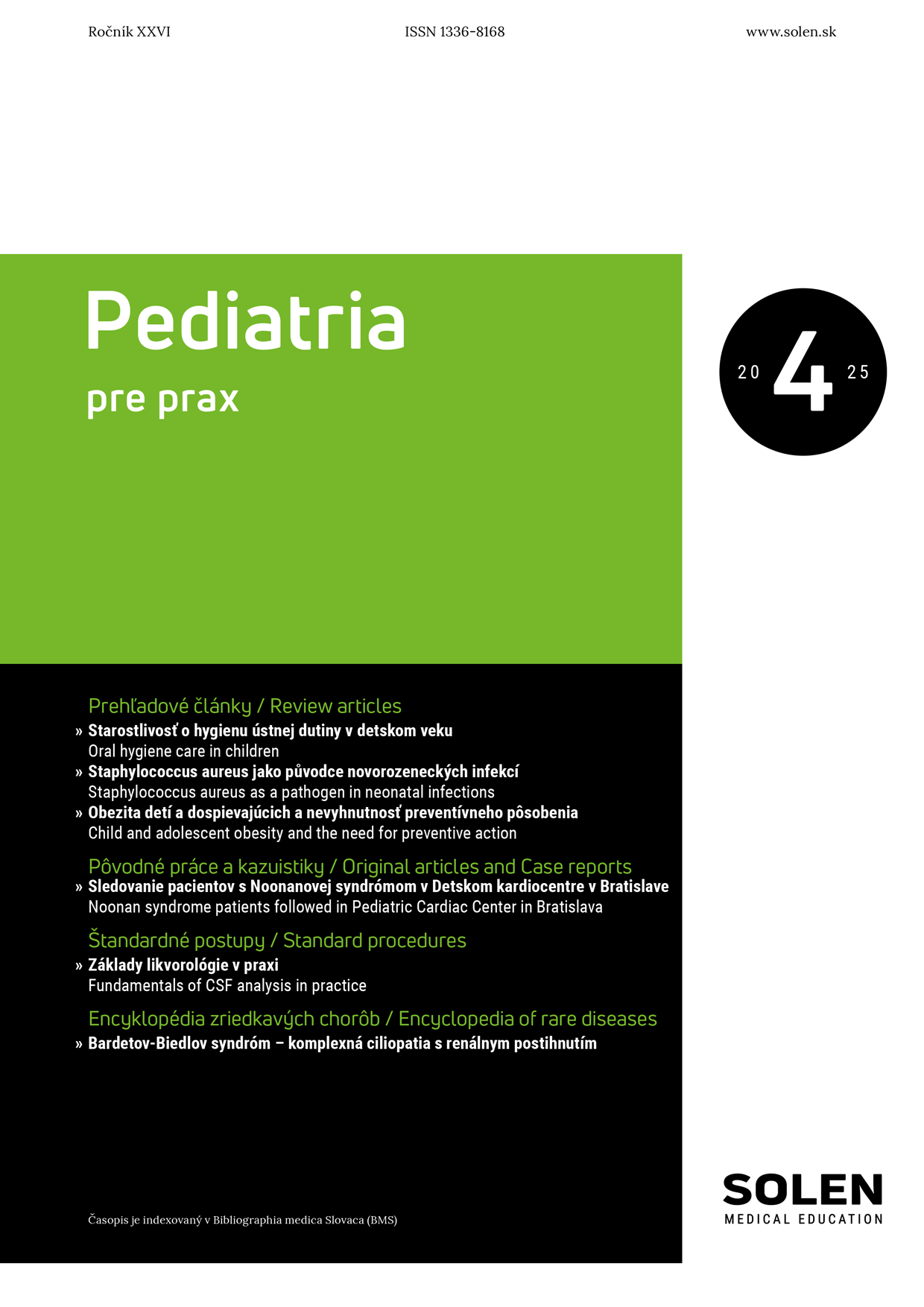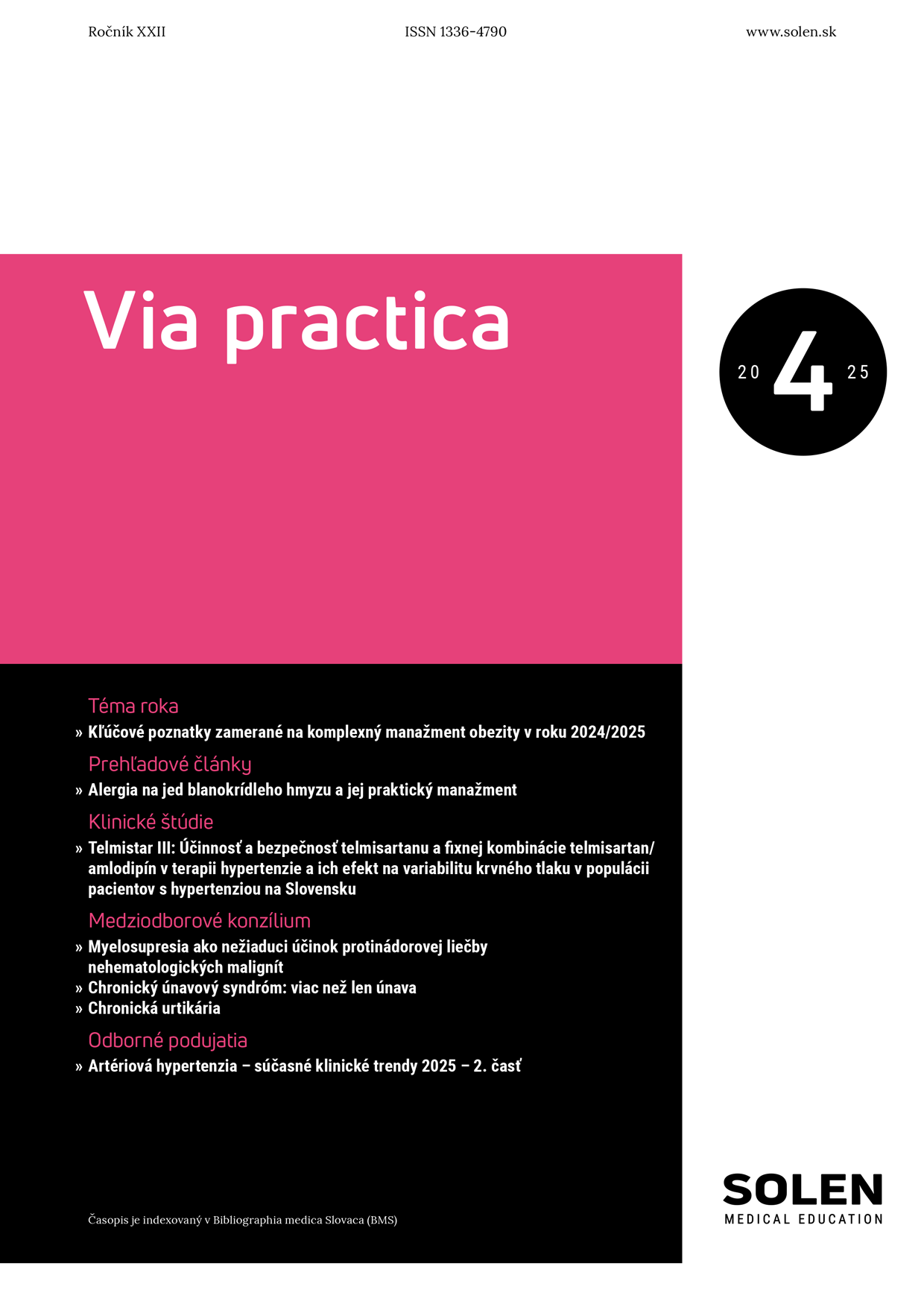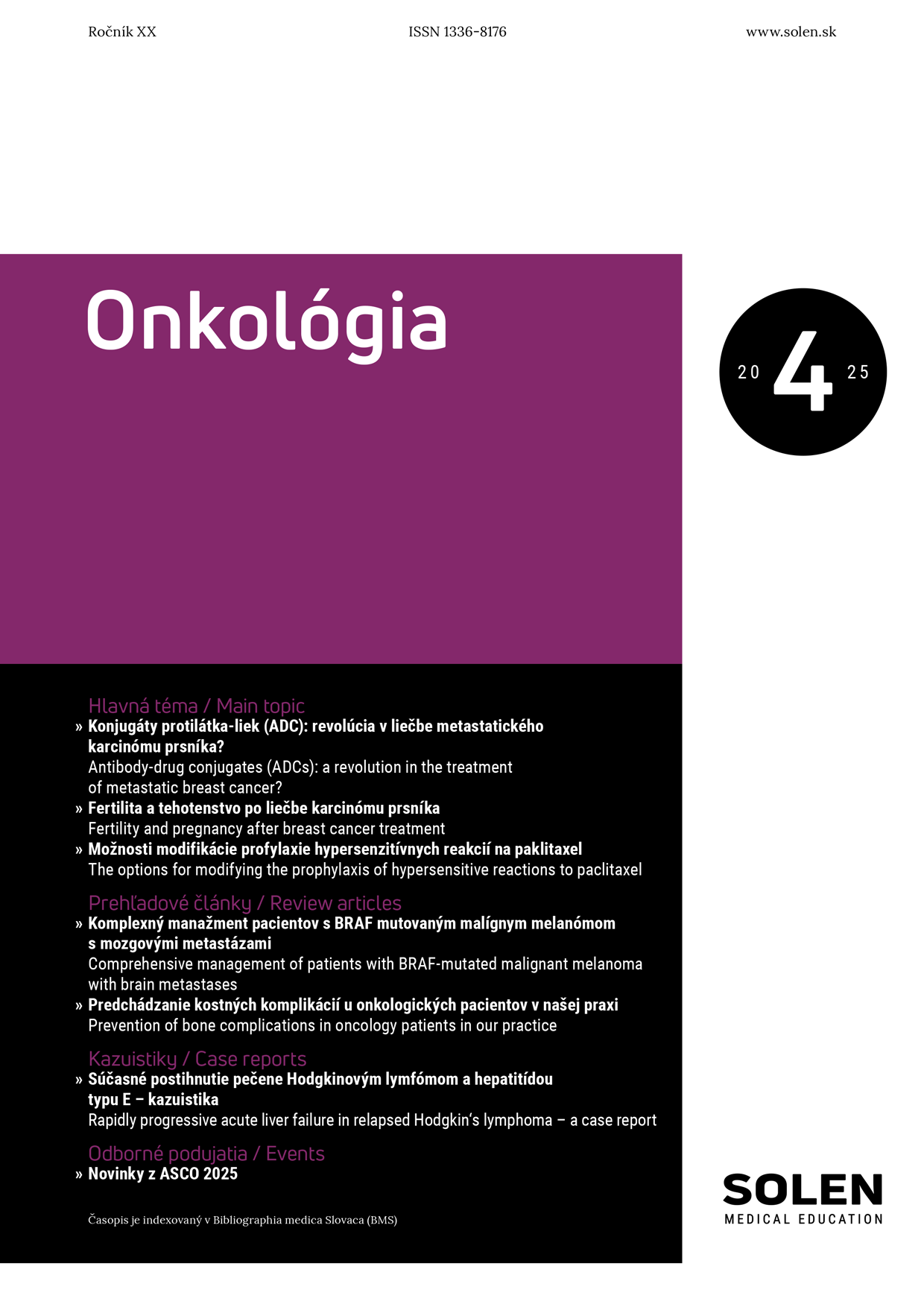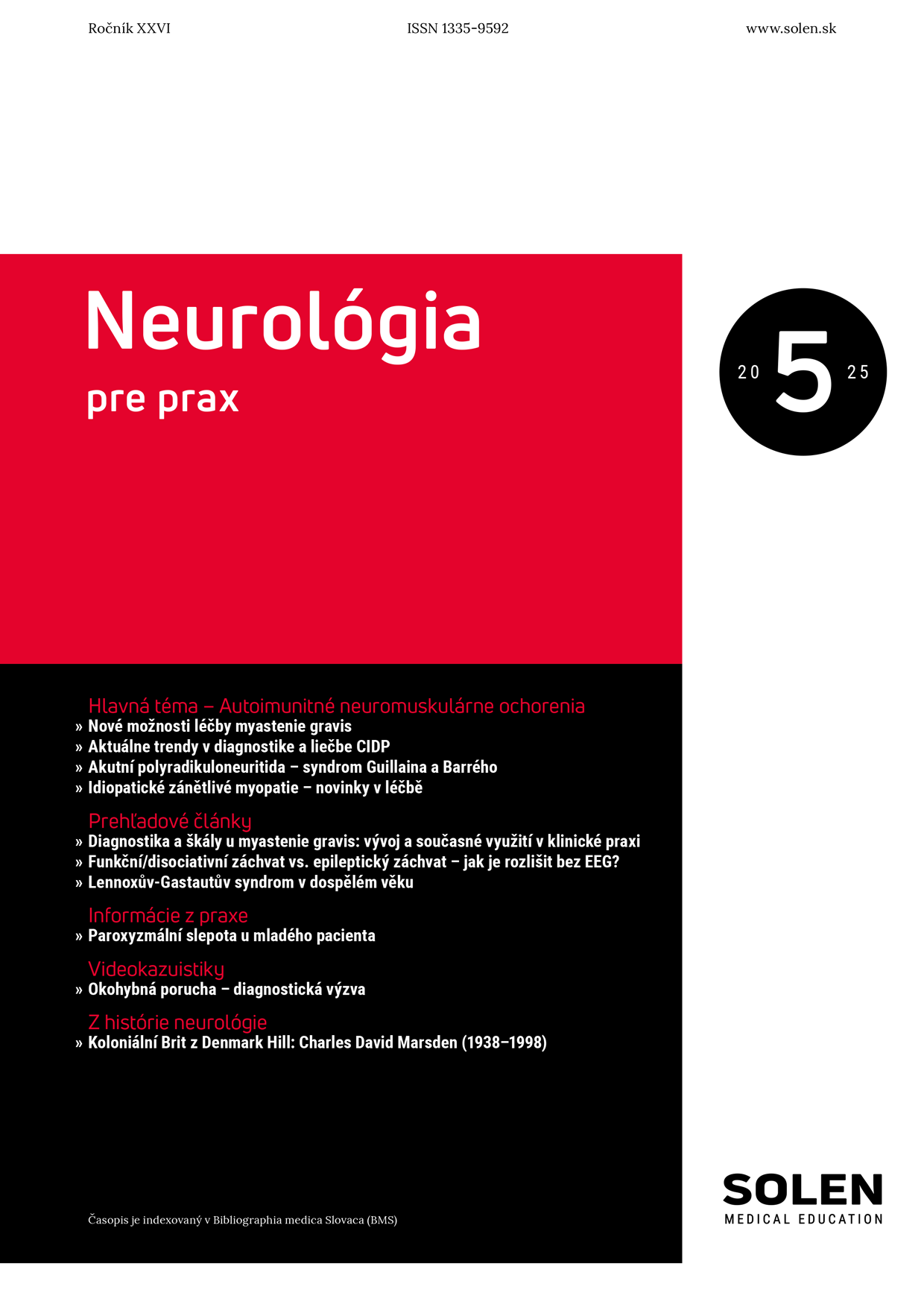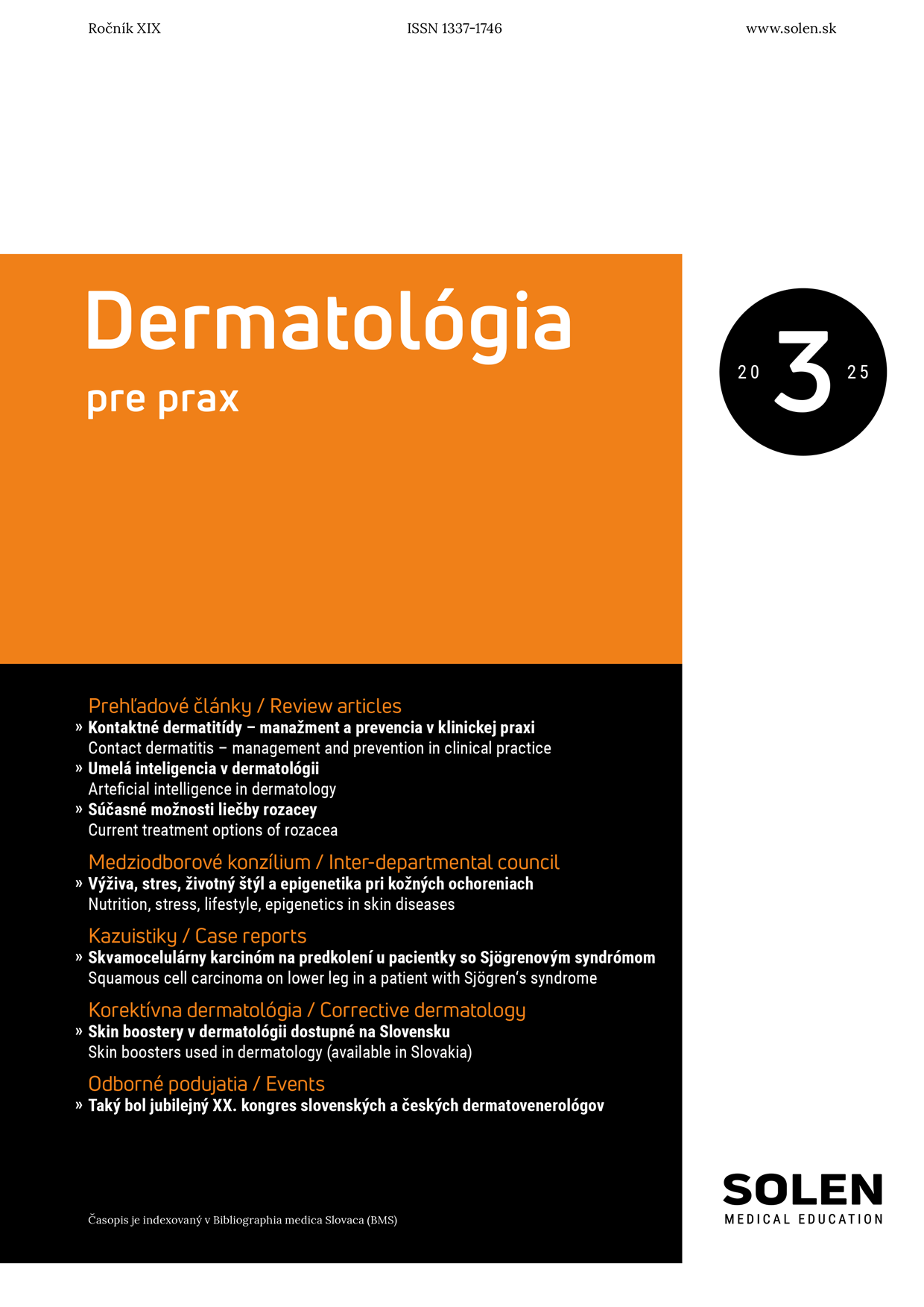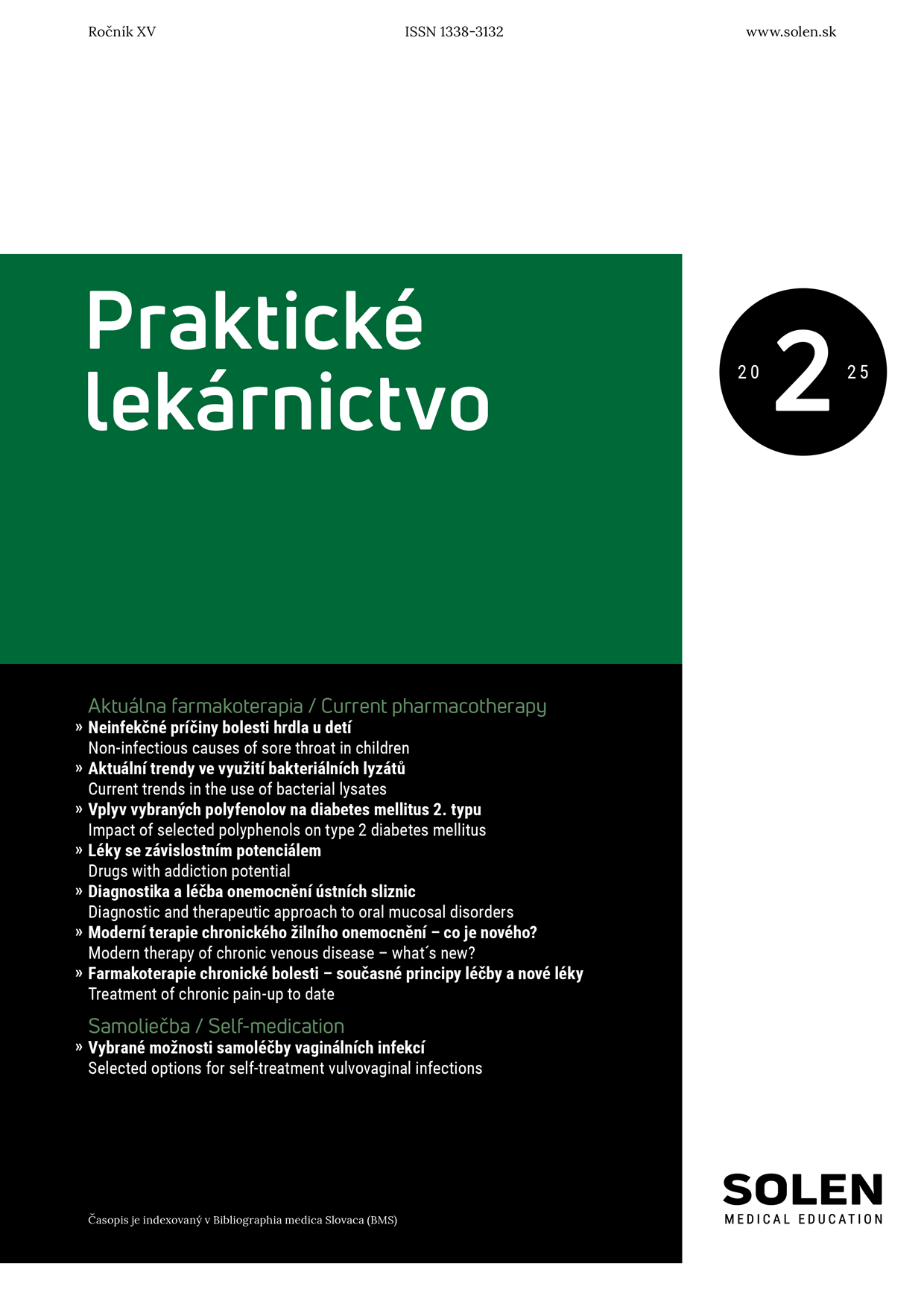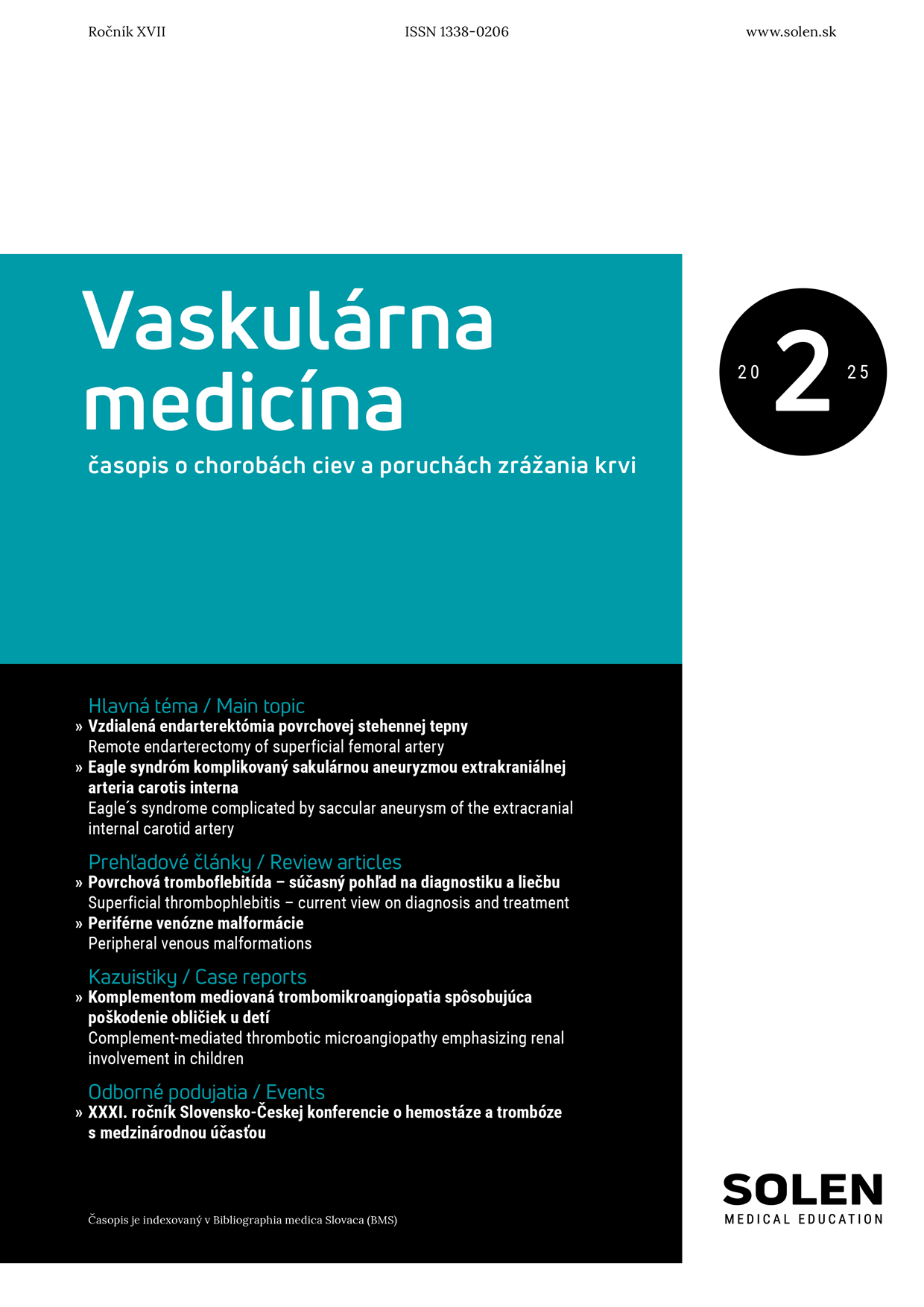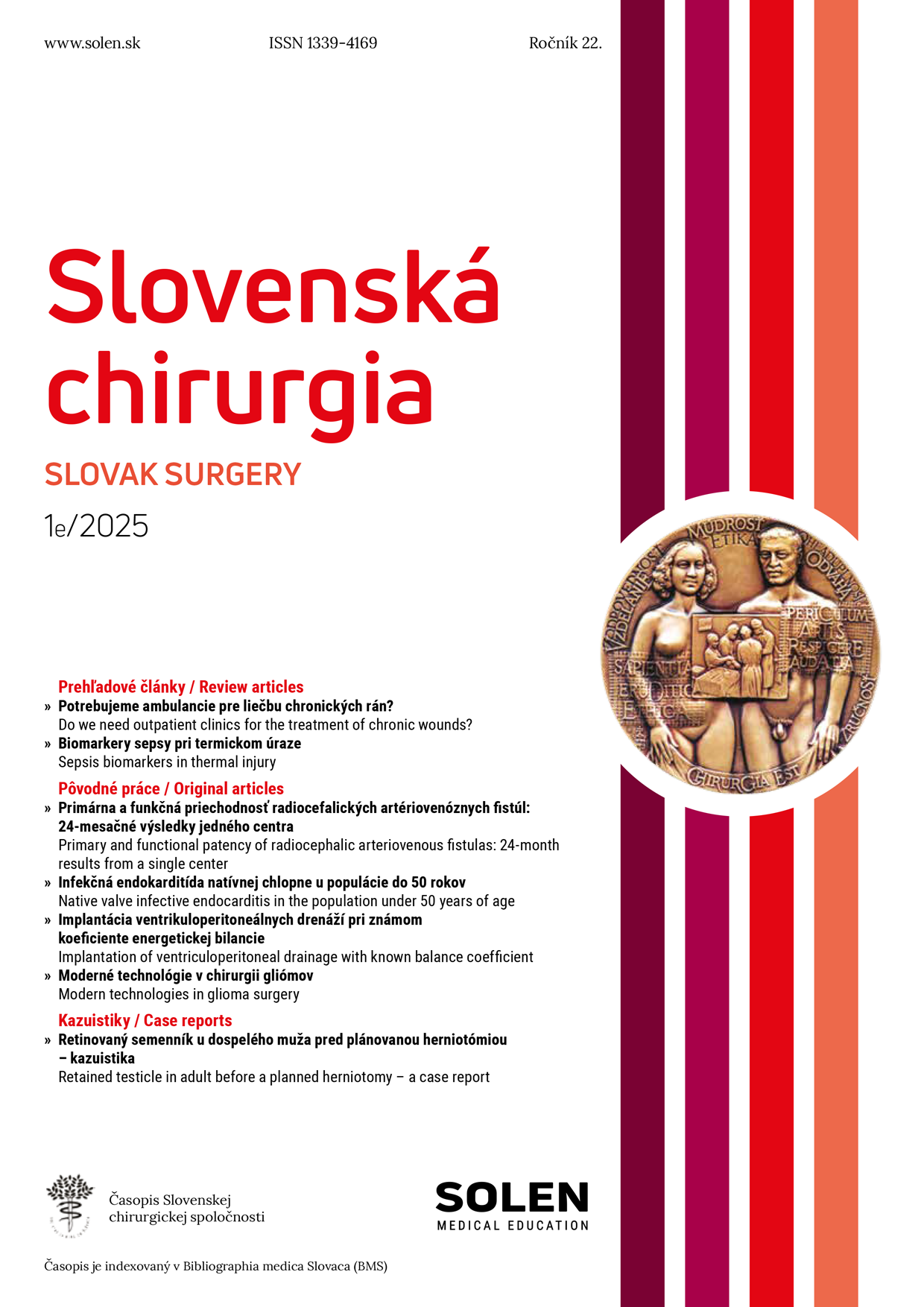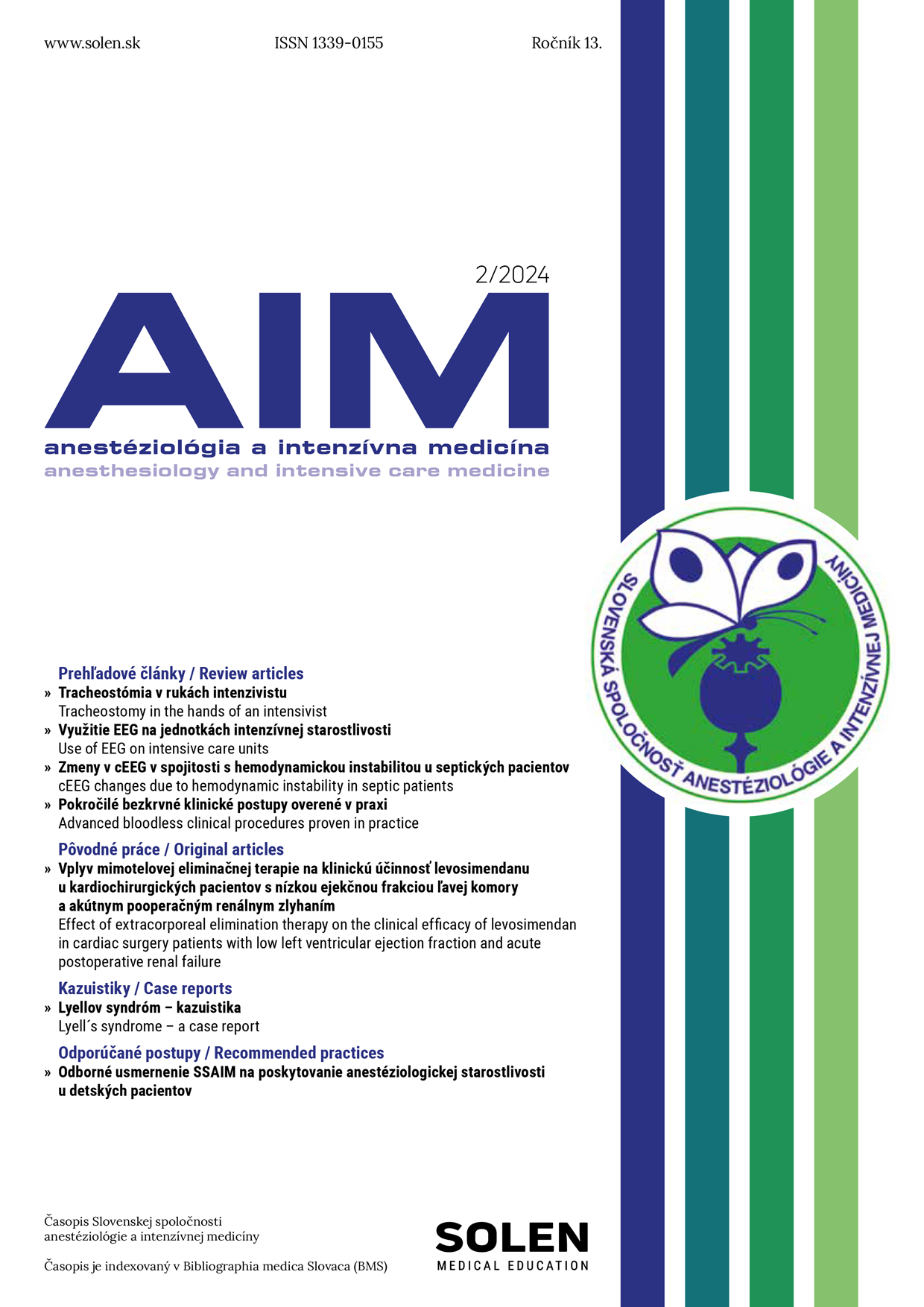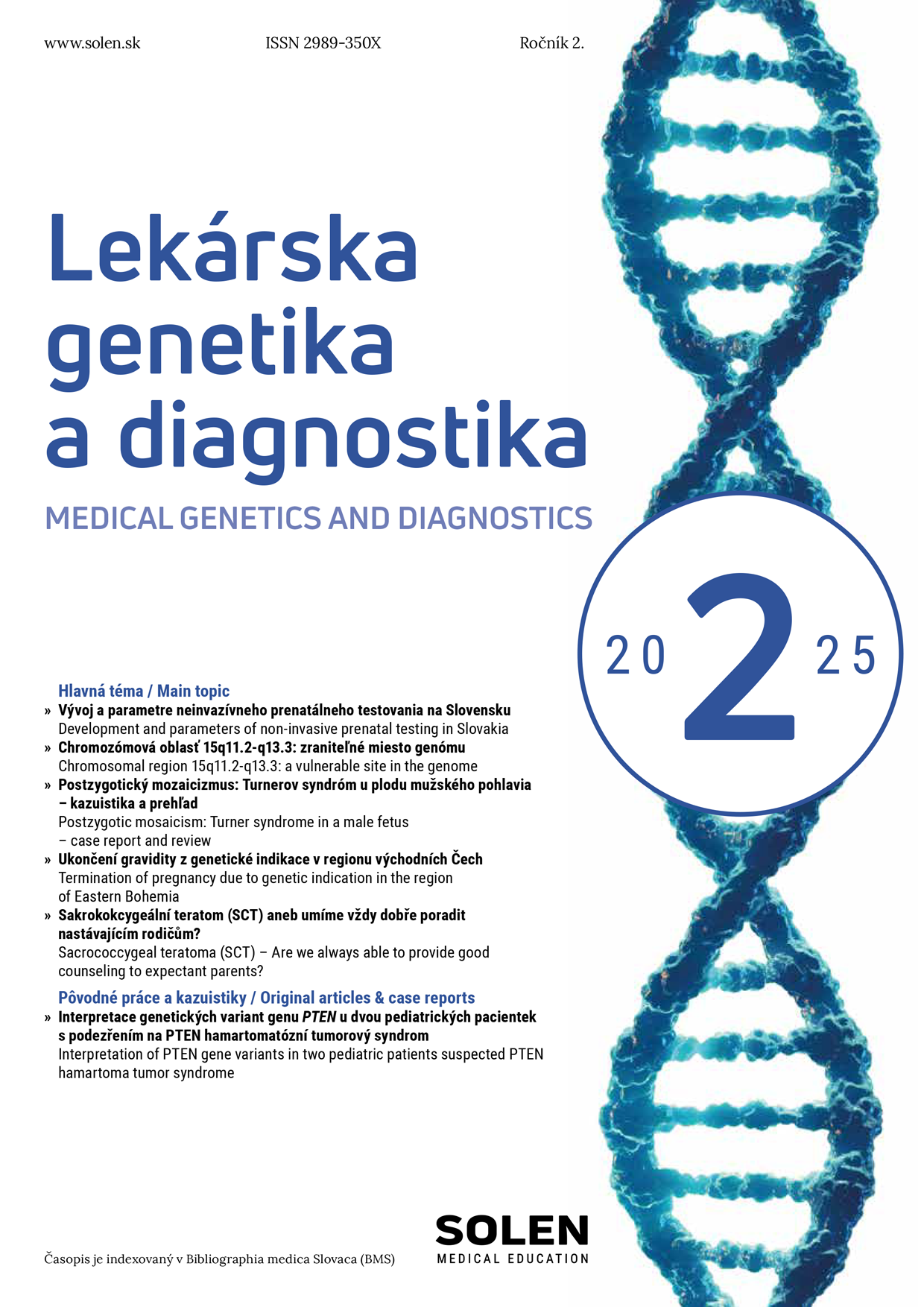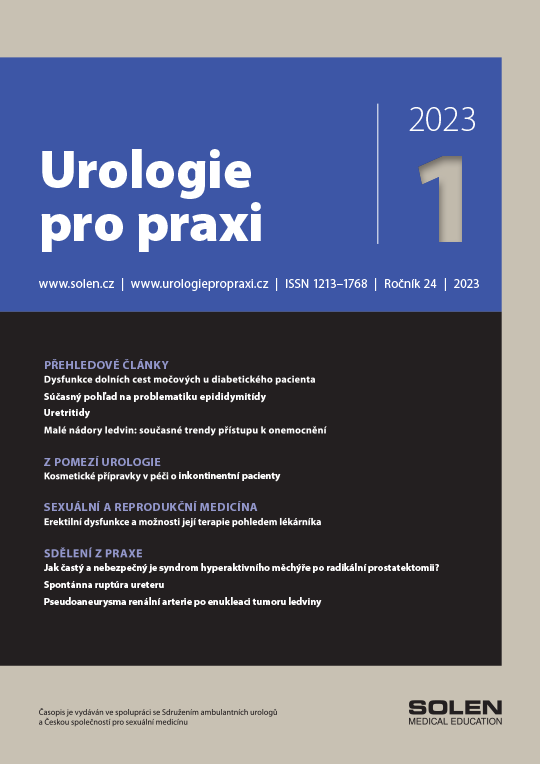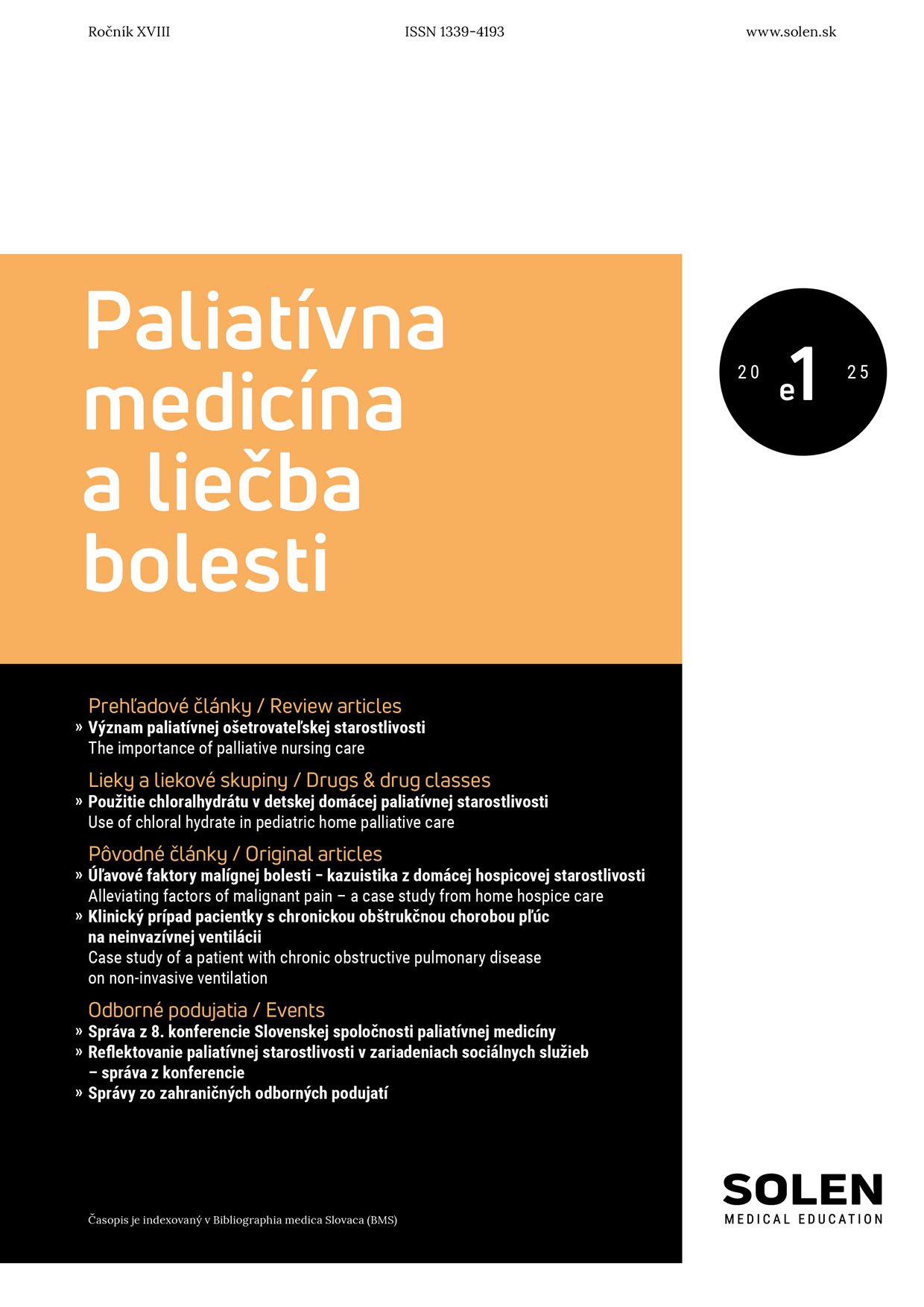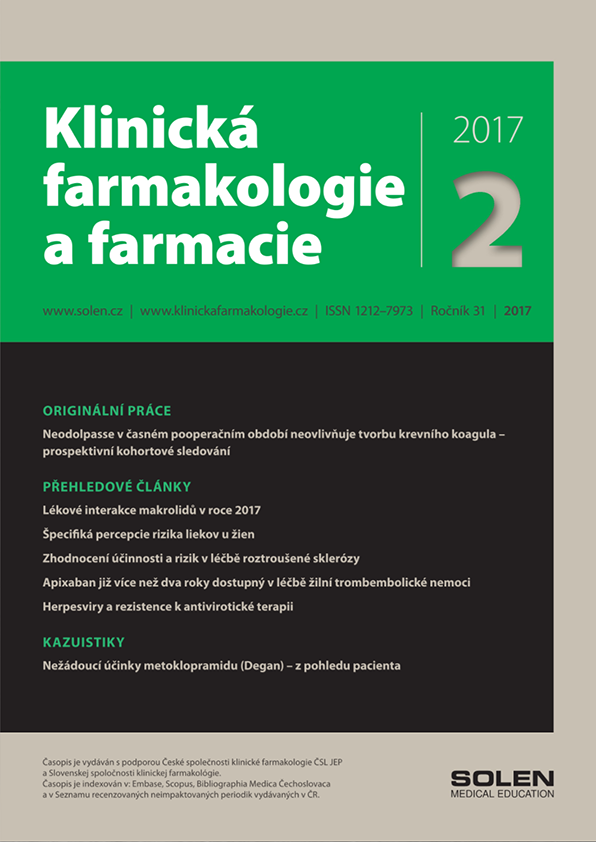Vaskulárna medicína 1/2025
The value of rotational thrombelastometry in at-risk pregnant patients with thromboprophylaxis – own experiences
Introduction: Thromboprophylaxis with the use of low-molecular-weight heparin (LMWH) is one of the treatment options for patients with a history of venous thromboembolism (VTE). Rotational thromboelastometry (ROTEM®) represents an innovative method enabling the complex and quick evaluation of haemostasis. However, there are only episodic cases of its use for haemostasis assessment and guidance of LMWH dosage in pregnancy.
Aims and methods: In the presented article, we provide the results of prospective and longitudinal monitoring of haemostasis in at-risk pregnant women. Obtained results were used for the individualized optimalization of secondary thromboprophylaxis.
Results: According to the shortening of clot formation time (CFT) in EXTEM (p = 0.0007 from the 26th gestational week vs. controls) and INTEM (p = 0.002 from the 35th gestational week), increase in alpha angle (AA) in EXTEM, INTEM, and HEPTEM, and the persistence of increase in maximum clot firmness (MCF) in EXTEM, INTEM, and HEPTEM (p < 0.001 from the 26th and 35th gestational week vs. controls for EXTEM and INTEM, p = 0.0012 from the 26th gestational week in HEPTEM), LMWH dose was modified.
Conclusion: Even after the postpartum period, AA in EXTEM was steeper than in controls (p = 0.0007), indicating that haemostasis is not fully normalized after 6–8 weeks following delivery. Therefore, ROTEM might be a useful tool for the individual evaluation of the termination of anticoagulant thromboprophylaxis.
Keywords: at-risk pregnancy, venous thromboembolism, haemostasis, rotational thromboelastometry


